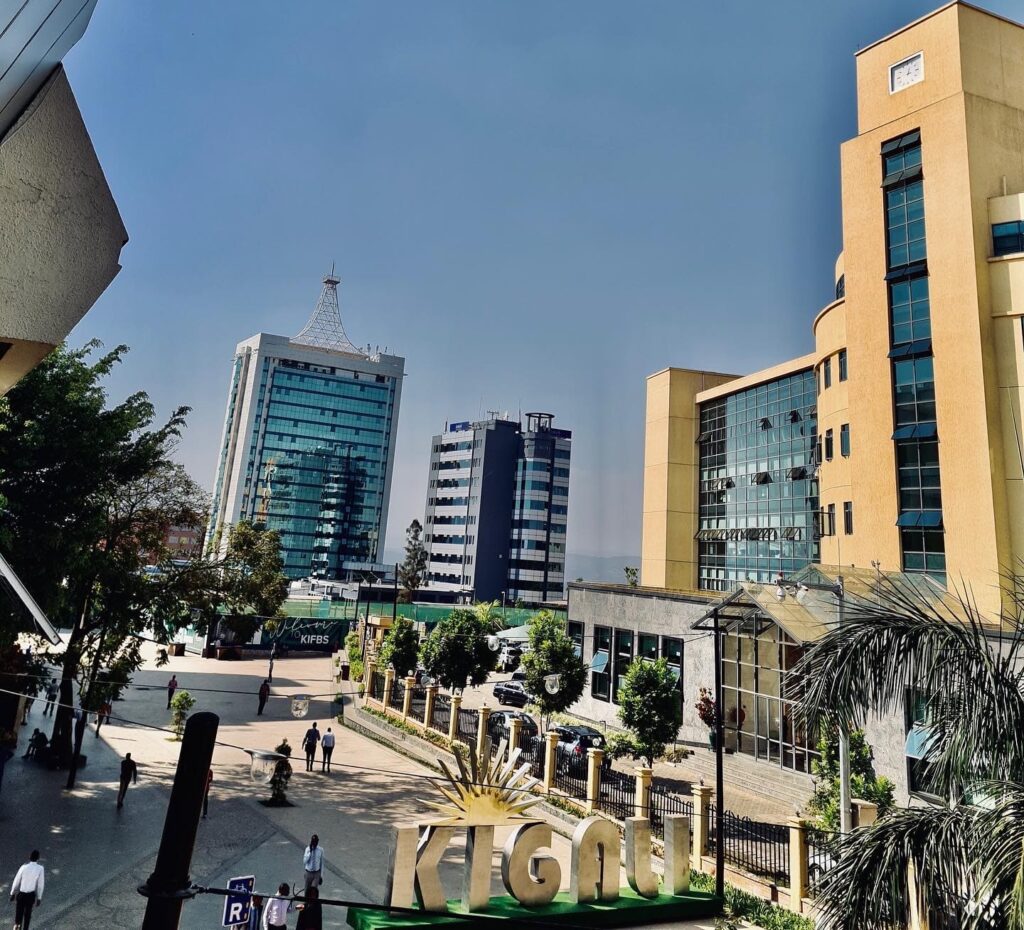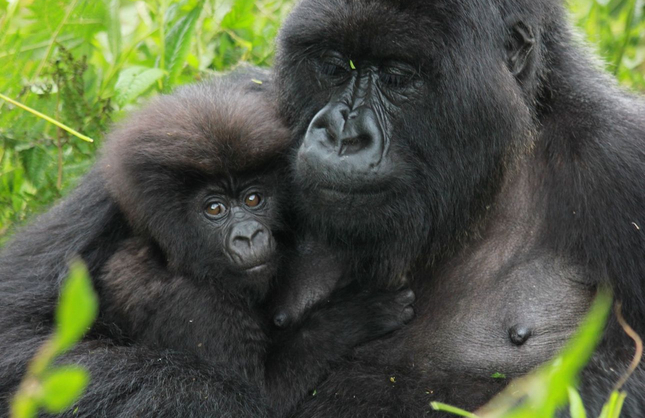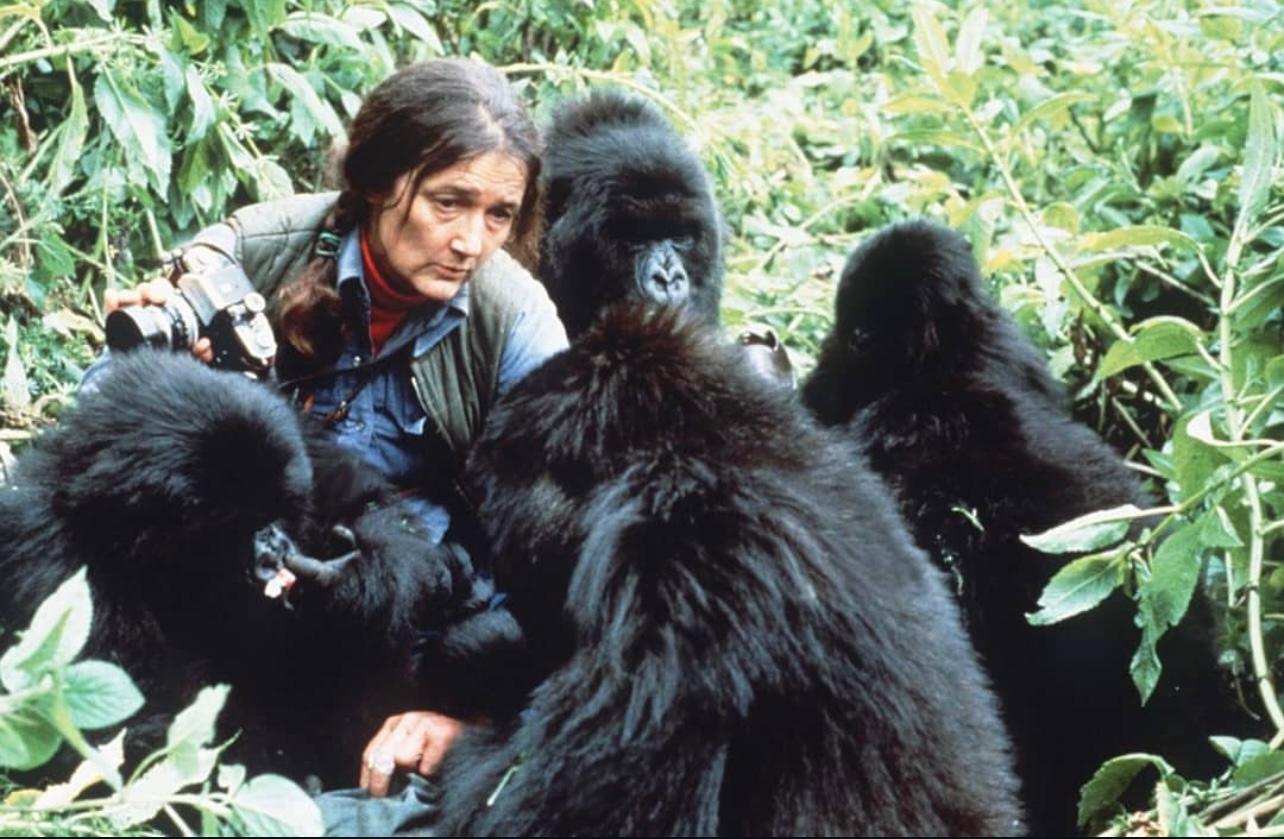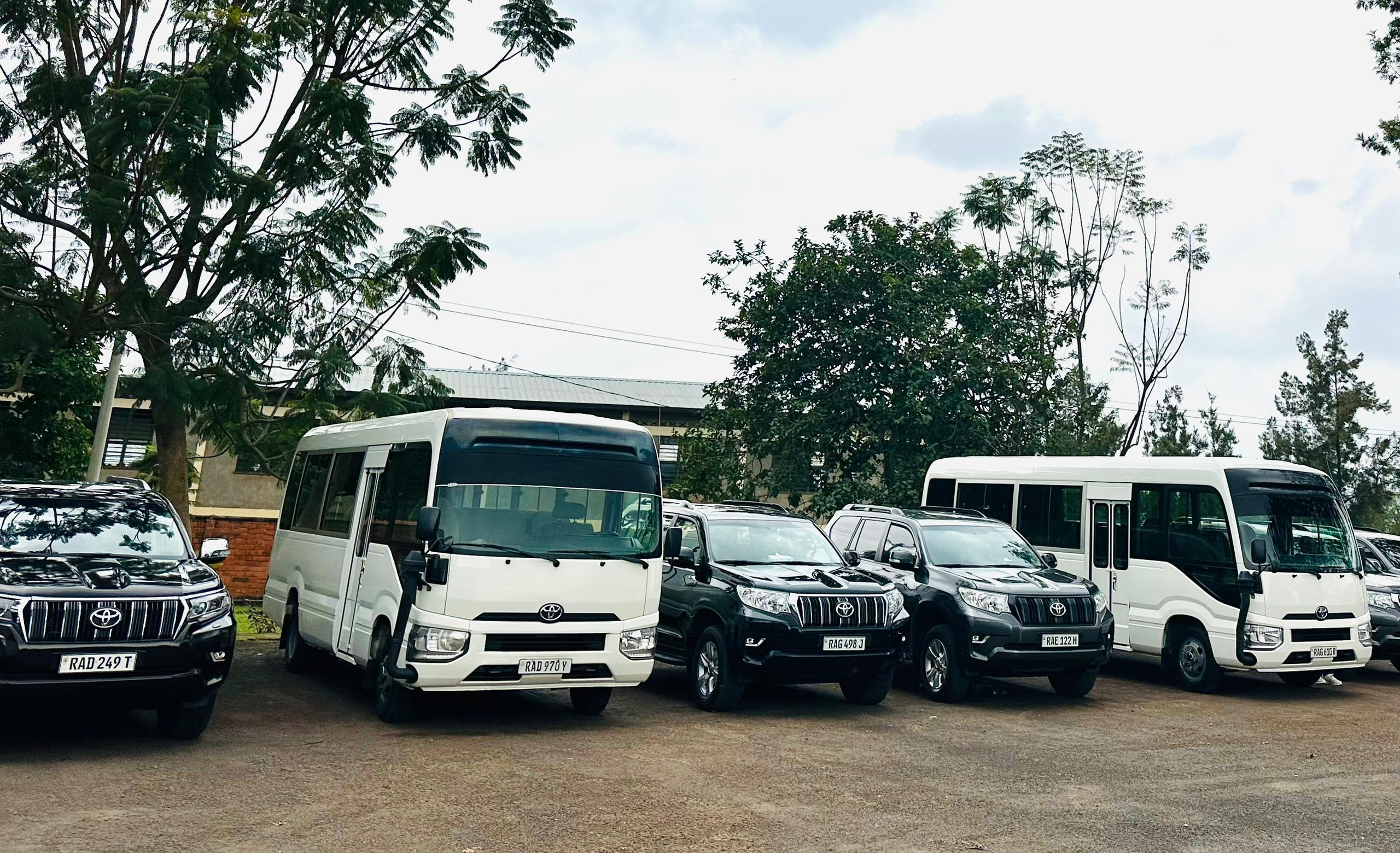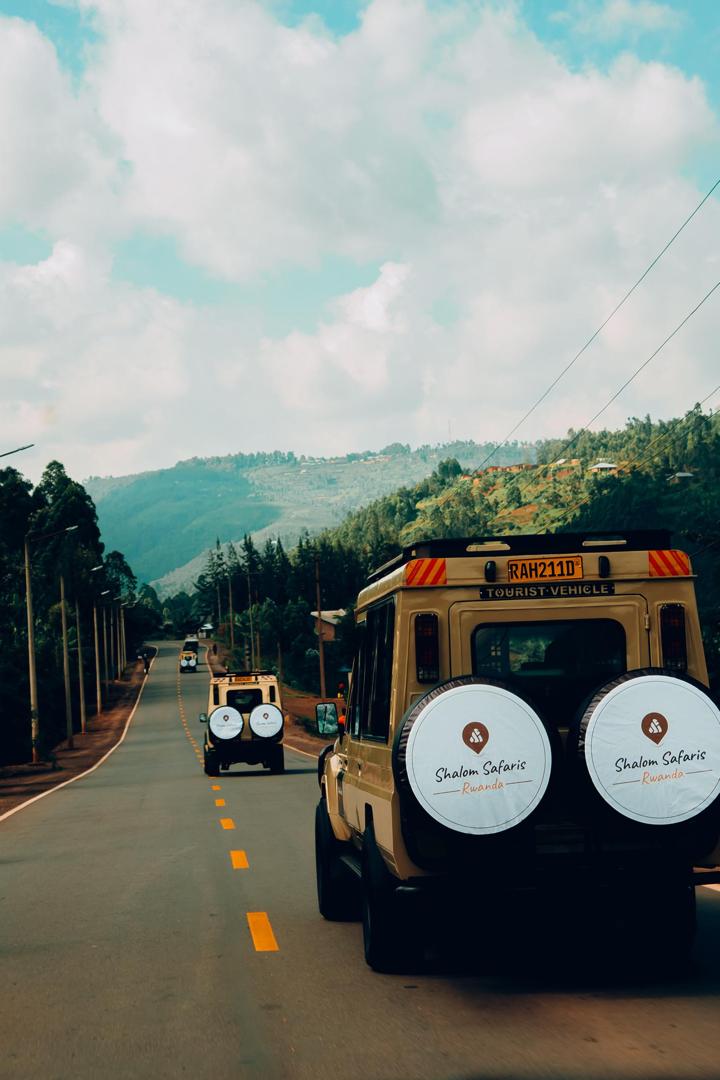Known as the ‘land of a thousand hills’, Rwanda is making the headlines again – and this time, it’s for all the right reasons. With the devastating genocide behind it, this small, landlocked nation has emerged as one of Africa’s most exciting destinations.
A tangible sense of optimism resonates from its towns, cities and colourful villages, which welcome foreign visitors with wide smiles and open arms.
The transformation of this country has been remarkable. In 1994 nearly one million inhabitants were slaughtered senselessly in their homes, churches and streets.
It was one of the darkest days in modern African history and, at the time, it was almost unthinkable that Rwanda could bounce back.
But is has. In fact the country has even blazed a trail for others to follow, particularly when it comes to gender equality (in 2014 there were more women in parliament here than anywhere else in the world) and conservation.
Indeed About Rwanda travel guide, the country is a pioneer in eco tourism, which it has used to fund conservation projects such as mountain gorilla protection in the steamy forests of Volcanoes National Park.
Trekking to see these endangered primates is the main attraction in Rwanda, where the famous zoologist, Dian Fossey, studied the great apes and inspired the Hollywood film Gorillas in the Mist.
It’s not all about gorillas, though. Nyungwe Forest is one of the largest remaining rainforests in Africa and is home to 13 primates, including chimpanzees and colobus monkeys, as well as rare orchids and nearly 300 species of bird.
And, other insight about Rwanda travel Guide is that although landlocked, Rwanda still manages to serve up a coastal vibe on the shores of Lake Kivu, with beaches at Gisenyi and coves at Kibuye.
It’s also worth spending a few days in the capital, Kigali: a cool, calm and cosmopolitan city, whose rising skyline reflects the country’s lofty ambitions.
Join hip young things in Hillywood, the beating heart of Kigali’s fledgling film industry, or imbibe the vibe in the city’s burgeoning collection of bars, restaurants and hotels, which are helping put this country back on the map.
RWANDA POPULATION/ RWANDA TRAVEL GUIDE
- The current population of Rwanda is 13,208,558 as of Thursday, April 22, 2021, based on Worldometer elaboration of the latest United Nations data.
- Rwanda 2020 population is estimated at 12,952,218 people at mid year according to UN data.
- Rwanda population is equivalent to 0.17% of the total world population.
- Rwanda ranks number 76 in the list of countries (and dependencies) by population.
- The population density in Rwanda is 525 per Km2 (1,360 people per mi2).
- The total land area is 24,670 Km2 (9,525 sq. miles)
- 17.6 % of the population is urban (2,281,330 people in 2020)
- The median age in Rwanda is 20.0 years.
RWANDA CLIMATE/ RWANDA TRAVEL GUIDE
In Rwanda, the “land of a thousand hills” according to Rwanda travel guide, located just south of the Equator, the climate is pleasantly warm all year round, with cool nights, because of the altitude.
In fact, most of the country is located on a plateau, around 1,500 meters (5,000 feet) above sea level.
The altitude decreases below a thousand meters (3,300 feet) only in the westernmost part, along the Rusizi River, which marks the border with the Democratic Republic of the Congo, and which is therefore the only area where it can get hot, and the temperature can sometimes reach 35 °C (95 °F).
Precipitation ranges from 1,000 to 1,400 millimeters (40 to 55 inches) per year depending on area. There’s a dry season from June to August (with July as the driest month) and a rainy season from September to May.
On closer view, there would be two rainy seasons, caused by the zenith passages of the sun, from March to May and from September to November.
However, the decrease in rainfall from December to February is small, and it’s just more pronounced in the north, where it drops below 100 mm (4 in) per month, so we cannot properly speak of dry season.
Between the two rainy seasons, the most intense is the one going from March to May, and the rainiest months are usually April and May, when precipitation reaches 150 mm (6 in) per month, or even more.
Kigali/ Rwanda travel Guide
The capital, Kigali, is located at the center of the country, at 1,500 meters (5,000 feet) above sea level, and receives 950 mm (37.5 in) of rain per year, with a maximum in April and a minimum from June to August, when it almost never rains.
From December to February, the rains are still quite frequent. Here is the average precipitation.
RWANDA VEGETATION/ RWANDA TRAVEL GUIDE
Rwanda’s vegetation is a regional mosaic comprising Guinea‐Congolese and Sudanese vegetation types which includes savannah with grasses, bushes and trees; mountain rainforests and mountain meadows; forest galleries, swamps and aquatic vegetation

